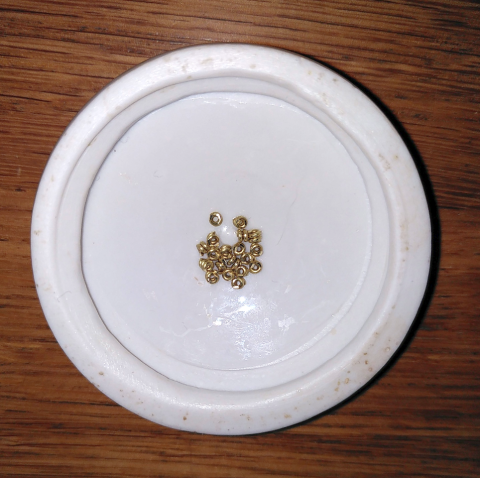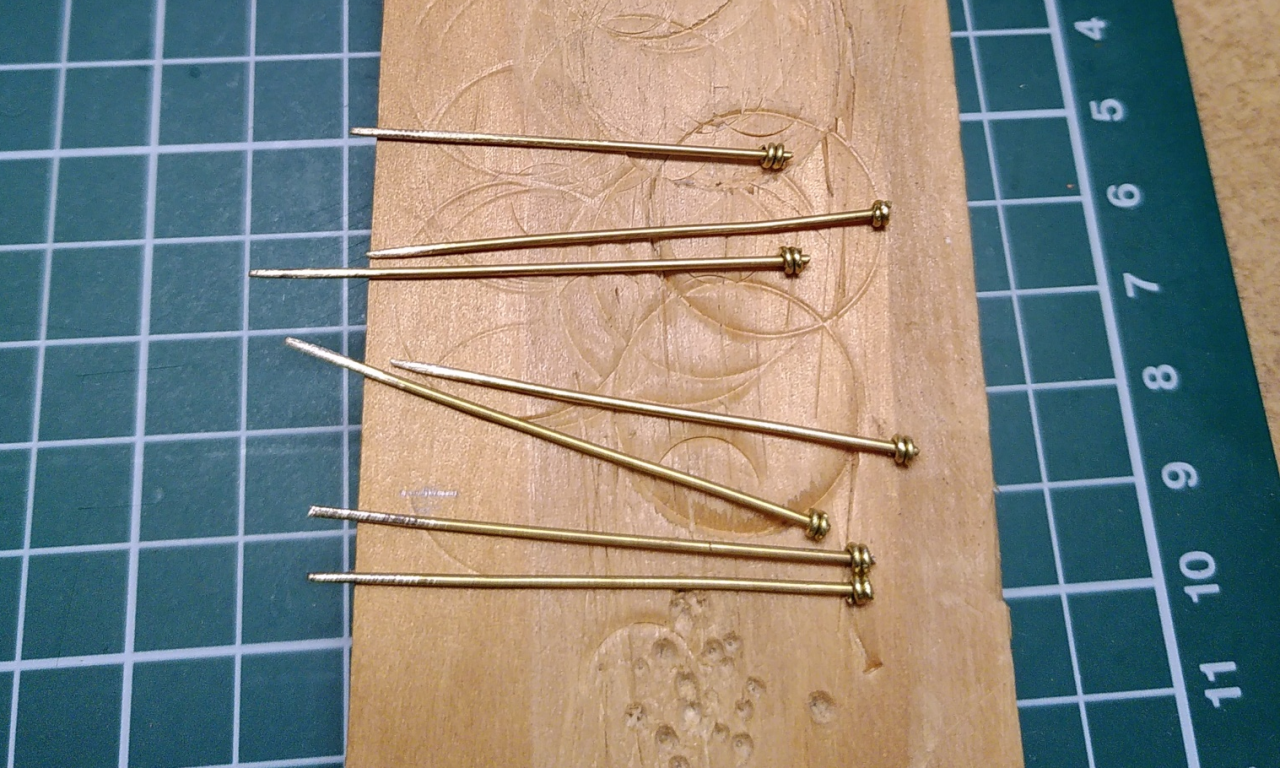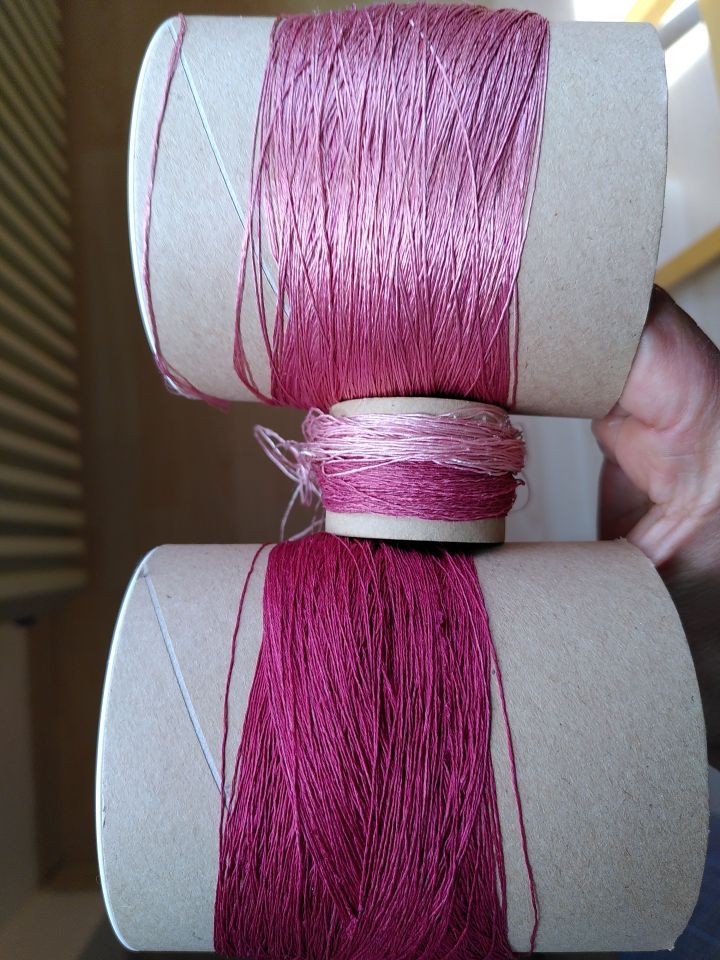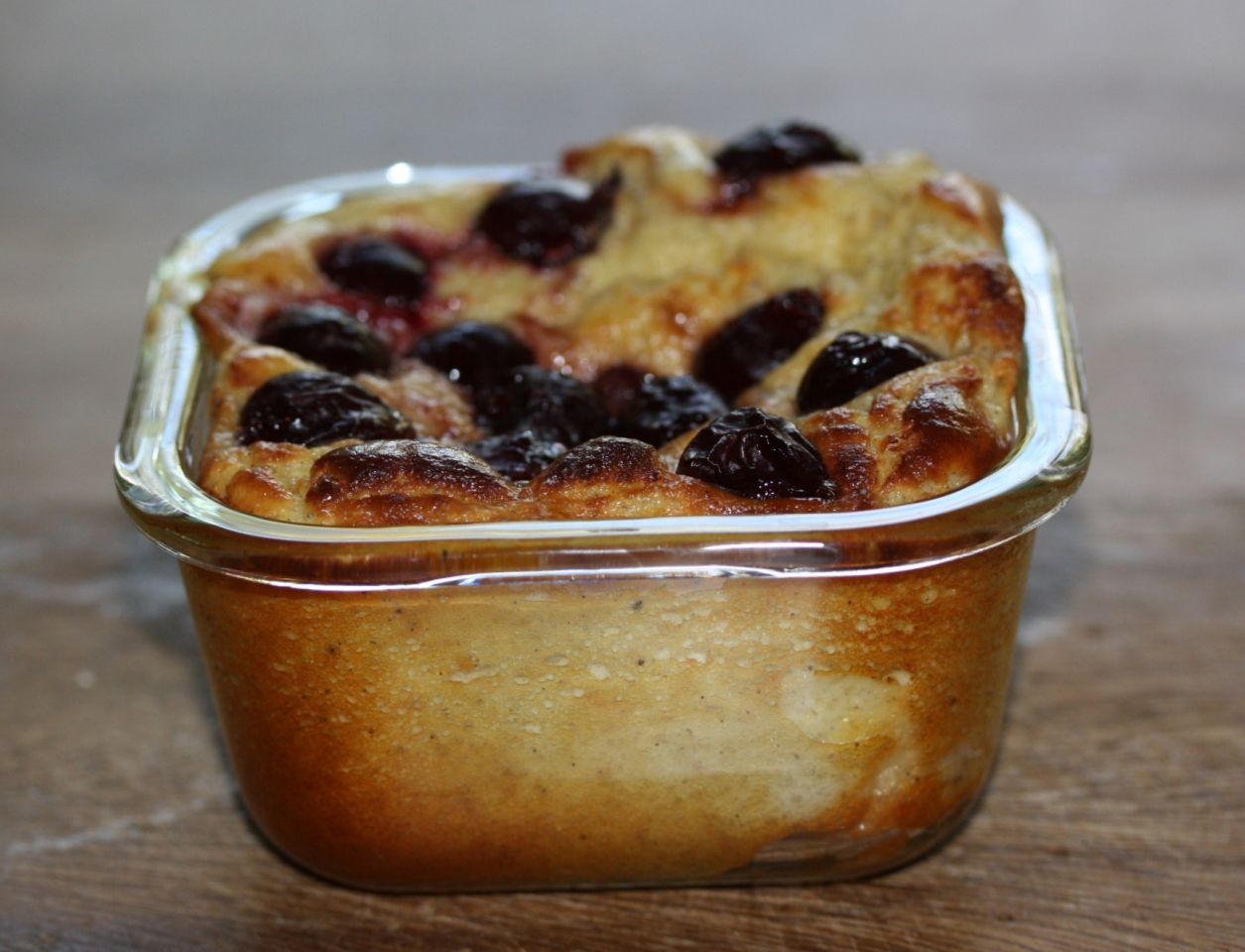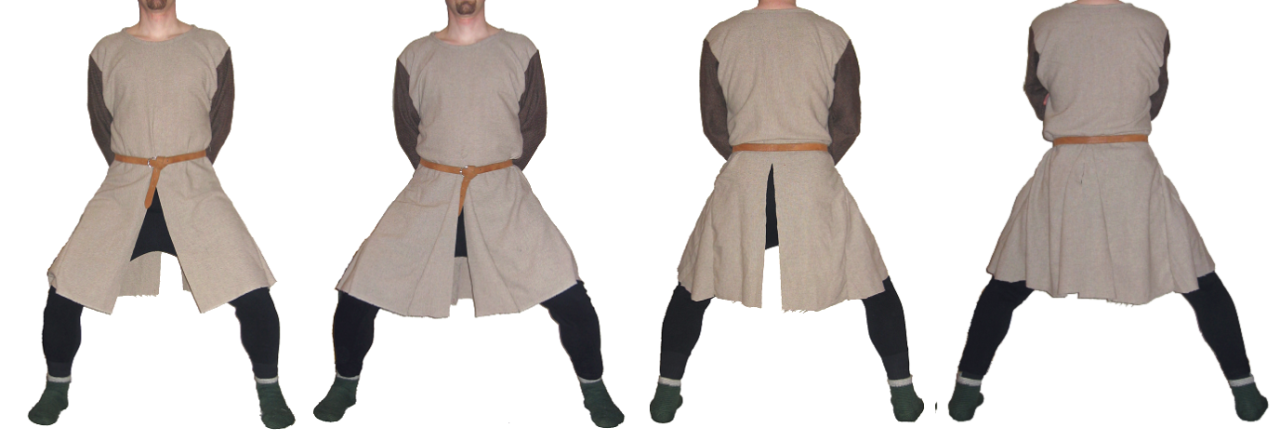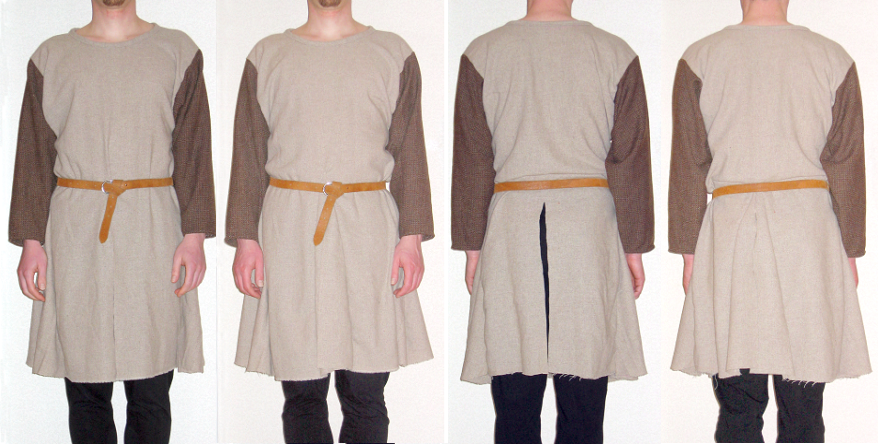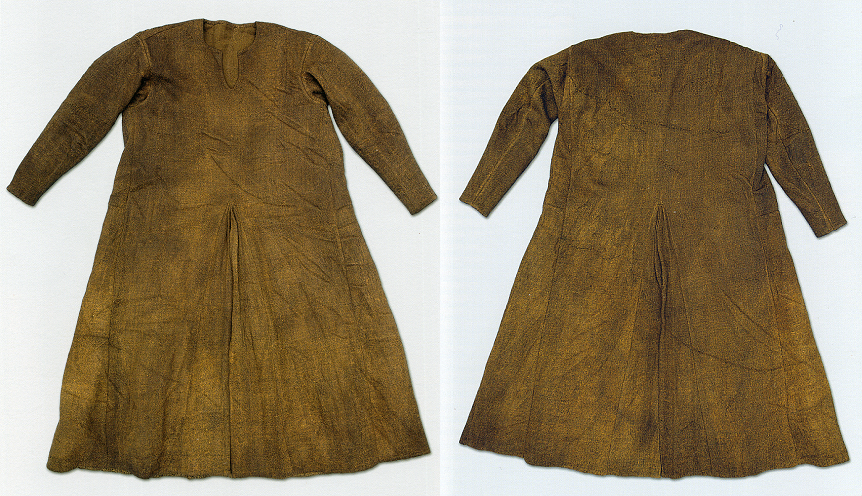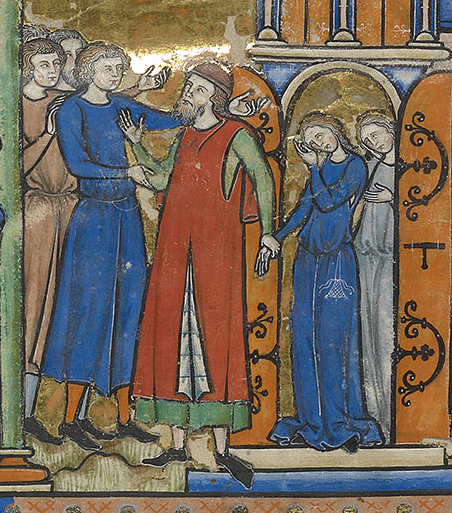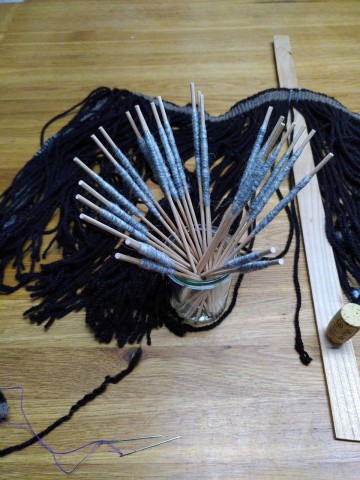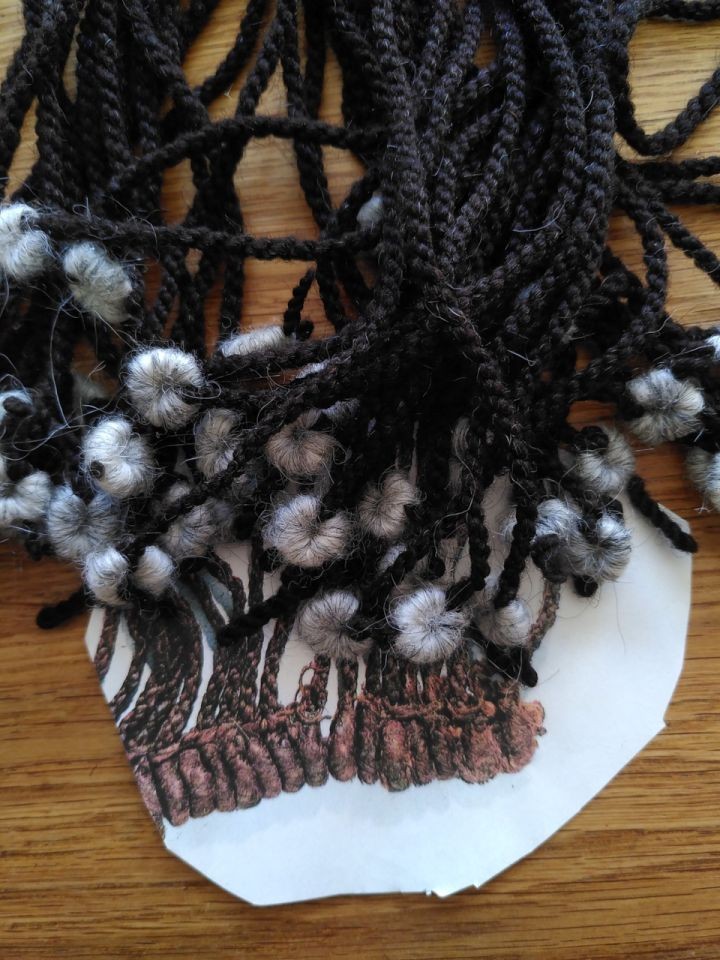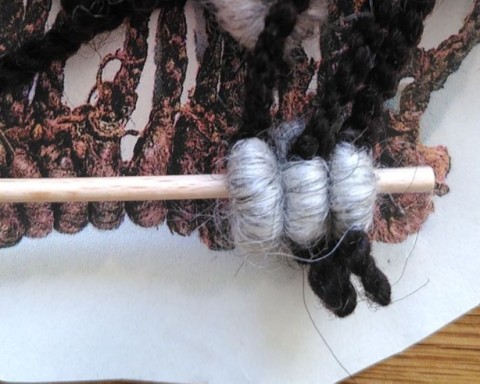You probably know this phenomenon - you have to do something to some stuff somewhere, and then you start doing it, and then you realise that it would be smart to do something else to something connected somewhere else first. And then... it might just cascade on from there.
Sometimes, that is all well and good, and it's sensible to start at the roots and do things from there up. Sometimes, though, the cascading can be just too much, and it would have been (or would be) better to do the incomplete thing and have it dealt with, instead of having it spiral out of control, attracting more and more work on its merry way.
The true art is probably to know where to stop, as so often in life.
You can probably guess that I'm not writing this out of the blue, too... the current cascading effect that I have to (potentially) deal with is, of course, connected to the photo database migration. (Which is progressing, hooray!) The old programme had flat, non-hierarchical keywords, and the new programme can do hierarchical ones, which is very nice and very welcome. The keywords themselves, though...
I've been adding keywords whenever it seemed necessary, and I tried to process and tag every image as it came into the database. Of course that did not work completely, and there are plenty of un-tagged images around. For the ones that do have keywords (which is most of them), they are not always consistent. That is, obviously, not helpful. So the plan is to clean up keyword issues as I'm sorting them into the new hierarchical structures.
In some cases, that's easy. Birds are animals, just as the tags "horse", "flamingo", or "dog" will go under animals. It's getting more difficult with objects. Fortunately, there's lists of hierarchies for object description and tagging available, developed by museum people and geared towards different focus areas of interest. The Getty Research Institute, for instance, offers a number of vocabularies. (Look for the "Browse ..." line when you are offered a search mask, that gets you to the full set.) For German cataloguing, there is, for instance, the "Objektbezeichnungsdatei" offered by the Digicult-Verbund. Because choosing what to catalogue, and what not, and how to do it, is not at all trivial, there's also literature about that, such as the "Cataloguing Cultural Objects" guideline, a slim and slender 407 pages small, free to download for everybody interested or in need.
One of my main questions for now is how to handle male and female clothing. For my old database, I had a sort-of-makeshift solution, stating "TunicMale" or "TunicFemale". That was not perfect, but it did work. Now I'm not sure what to do for marking things - do I split my clothing term hierarchy into "male garments" and "female garments"? That means that when searching for something unisex, I'll have to search for two terms. On the other hand, I wouldn't have the problem that when looking for, say, only women wearing hoods that also men come up in the search.
Another option would be to mark unisex garments with an (m) or (f) behind the tag proper, giving me the option of having that as a lower hierarchy tier and having the complete term above this. That's probably the better solution, even though it adds layers to the hierarchical tree - which is also something that should not be done too excessively. Ah well. Difficult decisions, but fortunately not ones that need to be taken right away, I can think about it for a bit longer!




